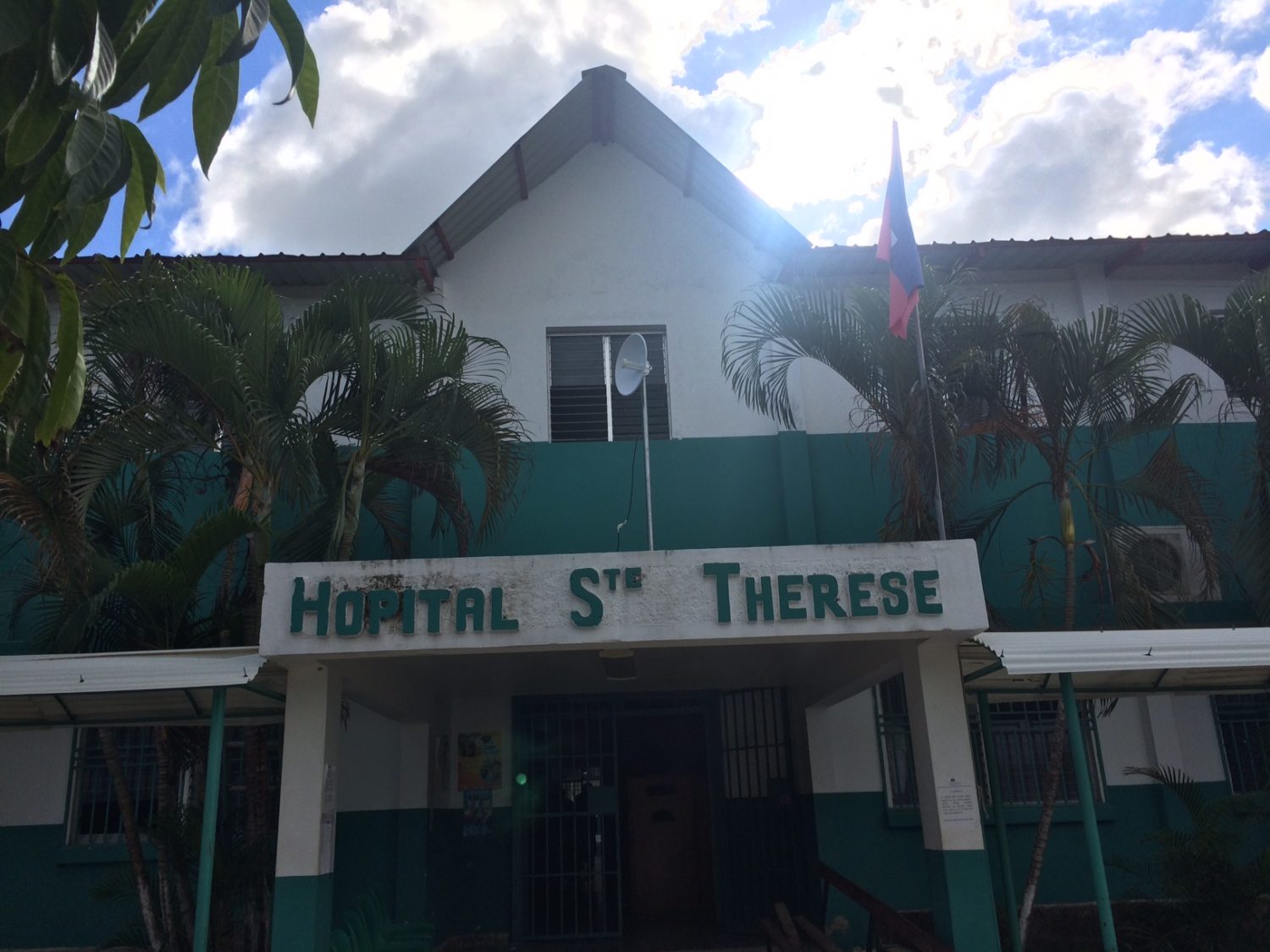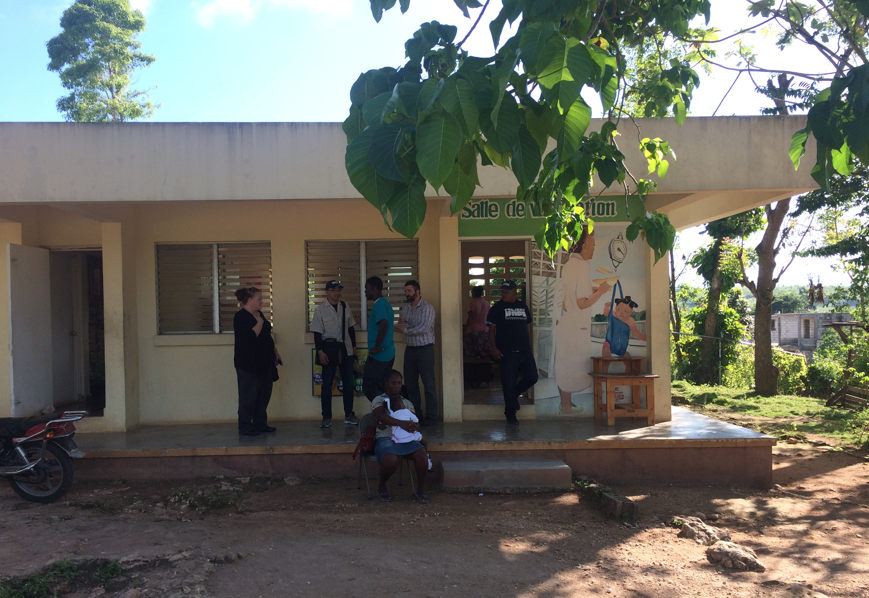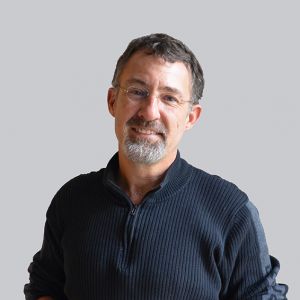Sunday, the Mazzetti+GBA+Sextant Team landed in Port au Prince, Haiti.
Why do we have team in Haiti?
We were invited by Project HOPE to support them in assessing the needs, as they relate to Cholera, for the state of Nippes in Haiti. There is concern about a possibility of a surge in cases following the recent Hurricane Matthew. Approximately 2.1 million people were impacted by the storm, leaving 1.4 million (12% of Haiti’s population) in need of assistance in some capacity. As of October 14, the death toll was at 546 with 128 people missing and 439 injured. The Haitian government estimates nearly $1.89 billion in damages.
Our team includes Paul Myer from Fall Creek Engineering (water systems), Tamara McDonald from our Healthcare Technology Division (clinical work flows and medical equipment), Johnny Chung from our San Francisco office (project management), and me (power systems).
After flying all night (and missing the annual feeling of luxuriating in an extra hour of sleep), we touched down today in Port au Prince, where a Marimba band welcomed us outside of immigration.
(SIDE-NOTE: I absent-mindedly ate the lettuce that came in my lunch; I can only imagine the probiotics in my belly fighting it out with whatever was on that lettuce.)
First order of business
We talked with our outgoing team of volunteers to identify the state, hospital, and primary care settings on which we would focus. We drove down to the town of Miragroane, capital of Nippes, and site of the referral hospital for the state, where we planned our work for an intense two days.
Coming back to Haiti, I am surprised again at the scenes of life on the streets.(Catch a short video, highlighting our trip after the devastating earthquake in 2010.) I have made enough of these trips, in enough countries, that the experience is no longer a thrill. Instead, the determination to actually do something that can make a difference in the wellness of these people and their communities, is both fierce and humbling.
We can never do enough, or even very much. But we do what we can, and for this trip our focus is to work with Project HOPE (and others) to help them through a potential surge in Cholera cases, post-hurricane. And perhaps more importantly, we seek to help build real capacity in the people to better manage the challenges of this disease in the long-run.
I became an engineer, at least in part, because I was not smart enough to become a doctor. And so, I must create the stages on which those who did become doctors can perform their work.
Fierce and humbled, and grateful for this opportunity,
– Walt
Haiti – Day 2
Today was supposed to be pouring rain. Thankfully, it only rained once, and that was while we were sheltered under a canopy having an evening meal.
That said, the day was interrupted twice by “spirited” protests. No one seemed to know the cause of the protests, only that they often turn violent and were not supposed to be anywhere near us.
For one thing, locals say that, in the wake of the NGO community bringing cholera to the country, what was once a fairly friendly attitude towards the NGOs has become a rather surly one, for obvious reasons. In fact, we sat in one meeting with the Regional Director for the Ministry of Health, and I could not help but wonder how many times this man has had to answer the same questions from other NGOs, all wanting to help. It is a tricky situation. How do you help without offending or disrupting or taking control over the lives of those here?
Our primary objective today was to study the Government hospital here, St. Therese.

This is the referral hospital for this state, and currently occupied by a couple of cholera patients. After Hurricane Matthew, as expected, cholera is starting to arise in the western part of the state, which I believe, was hardest hit. So, we are trying to help shore up this depleted hospital, and to develop plans for the creation of a new cholera treatment center to allow for a surge of up to 20 here (baseline is 3-7 cases per month).
Signing off early today…
-Walt.
Haiti – Day 3 & 4
Once again, protests in Miragoane disrupted our plans.
We began the day with a visit to St. Boniface Hospital. St. Boniface started many years ago, funded by a Boston parish, as a small health clinic in the middle of the southern part of the island. Over the years it grew and expanded and is now one of the premier hospitals in the country. I’ve seen a lot of Haitian hospitals, and this one was by far one of the best. This hospital is very well supported by people in the US, and it is effectively managed. We toured this site primarily to visit their cholera treatment center, to see what had worked for them.

Their design is a very simple wood frame, wrapped with tarps, and capped with a tin roof. It is very inexpensive and quick to erect. It withstood the hurricane, and, obviously, did the job.
Our plan was to return to St. Therese Hospital and plan the development of a CTC for that site, but alas, the civil unrest forced us to abandon that plan. A quick re-arrangement of our plans followed, with a bifurcation of the team; Tamara and I returned to Port au Prince with Andrea (from Project HOPE) while Johnny and Paul remained in Miragoane.
So, the next day, Tamara and I visited the CTC at GHESKIO. This building is really quite remarkable and a testament to the talents of the MASS Design Group Architects.
Mazzetti collaborated on this project, but the credit really goes to MASS for a remarkable design. The building works very well and almost completely satisfies the needs. In particular, the use of natural lighting, natural ventilation, and bio-remediation for the waste water make this an exceptionally easy and inexpensive building to operate and maintain – necessities in a place like Haiti. And that is the great challenge of working in Haiti. In the hospital in Miragoane, the staff have not been paid in many months, and so, unsurprisingly, they do not go out of their way to maintain anything. The government is so resource-constrained (or so unwilling to use its resources to support these hospitals) that it forces engineering solutions to make up for the lack of human energy. Usually, it forces the hospital clinicians to operate without things they need to provide quality healthcare. Our job will be to engineer solutions that can be sustainable and that will provide the staff and patients what they need for their healing mission.
Paul and Johnny, from our team, spent the morning at the St. Therese site, laying out the plans for constructing the cholera unit at that facility.
And then, as soon as it began (so it felt), we were en route home. Home to write a report, and to start planning the return, to build the needed facility with Project HOPE.
There is so much need in this country; I hope we can do more for them, and actually make something happen.
TBC…
Interested in what you see? Subscribe to receive monthly news and information
more tailored to what you need.

